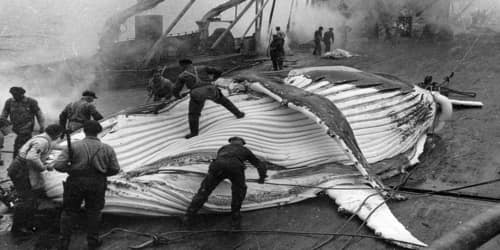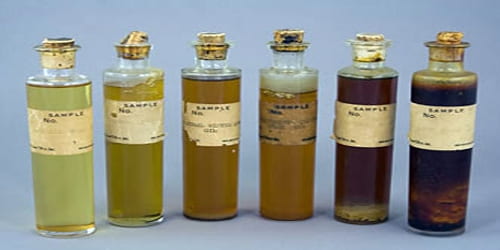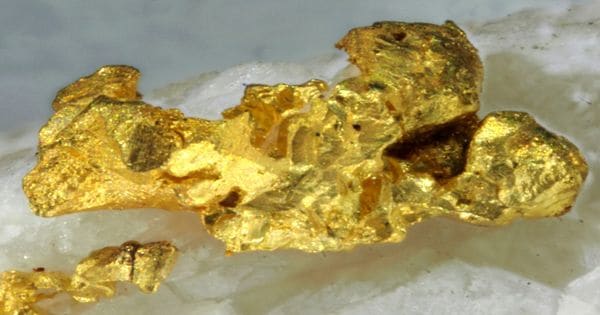Whale Oil
Introduction: Whale oil is oil that has been extracted from a whales lubber through the process of boiling strips or slabs of the whale’s blubber and extracting the oil that comes out of it. It was sometimes known as train oil, which comes from the Dutch word traan (“tear” or “drop”).
Sperm oil, a special kind of oil obtained from the head cavities of sperm whales, differs chemically from ordinary whale oil: it is composed mostly of liquid wax. Its properties and applications differ from those of regular whale oil and are sold at a higher price when marketed.

Between the 17th – 20th-century whale oil became very popular and was used in a variety of man-made chemicals, materials & tools such as lamp oil, margarine & transmission oil.
Because of the popularity of whale oil, several species were hunted into near extinction and are now considered endangered.
Some of the most popular whales that were hunted during the whaling era include the blue whale, the right whale & the bowhead whale, which were hunted mainly because of their large size and relatively slow nature.
Whale oil has low viscosity (lower than olive oil), is clear, and varies in color from a bright honey yellow to a dark brown, according to the condition of the blubber from which it has been extracted and the refinement through which it went. It has a strong fishy odor. When hydrogenated, it turns solid and white and its taste and odor change.
The composition of whale oil varies with the species from which it was sourced and the method by which it was harvested and processed. Whale oil is mainly composed of triglycerides (molecules of fatty acids attached to a glycerol molecule). Oil sourced from toothed whales contains a substantial amount of wax esters (especially the oil of sperm whales). Most of the fatty acids are unsaturated. The most common fatty acids are oleic acid and its isomers (18:1 carbon chains).
Source and Uses of Whale Oil: From the 16th century through the 19th century, whale oil was used principally as lamp fuel and for producing soap. Long utilized for lubricating fine instruments, whale oil was treated with sulfur to provide high-pressure lubricants used in machinery, and it was also important in the manufacture of varnish, leather, linoleum, and rough cloth (especially jute).
In addition to the oil found in some of the larger baleen whale species whalers also hunted the sperm whale (a toothed whale) which possessed spermaceti oil that can be found located in its head.

Even though the sperm whale was hunted for its oil this species remains fairly abundant compared to its relatives the blue whale, right whale & bowhead whale.
About 25 to 40 barrels of whale oil could be had from a sperm whale in the average size range, but extremes of over 100 barrels are found in legend. Such questionable high yields would have had to be from very rare bull whales in populous seas before much hunting had lessened the average size of the survivors.
Whale oil was extremely important in the manufacture of nitroglycerin for explosives in both world wars, and whale liver oil was a major source of vitamin D through the 1960s.
Production of whale oil during the 20th century usually took place on large factory ships, where minced whale blubber, bones, and flesh were cooked under steam pressure. Blubber yielded 50–80 percent oil by weight, bones 10–70 percent, and meat 2–8 percent. Fatty acids for soaps and fatty alcohols for cosmetics and detergents were derived by immersing whale oil fats in alkalis. Textile sizings were made from hardened oil.
Whaling Control: International Whaling Conventions (IWC) and their precursors have met since the 1930’s with the aim of designating whale sanctuaries, putting some species under total protection and some under partial protection. Rules of size, gender etc. were specified in due course. Quotas (called units) were established. These rules were more or less observed, but strictly so when official observers sailed with the whaling ship. The Convention established Scientific Committees to provide data on whales. Maybe a few ships still ply this trade, but the whaling industry is now greatly curtailed.
Many countries are now signatories to the Washington Convention (a significant meeting of the IWC).
Today whaling is largely banned by most countries, however, there are a few countries that still hunt whales primarily for their meat which is considered by some to be a delicacy.
Information Source:
















